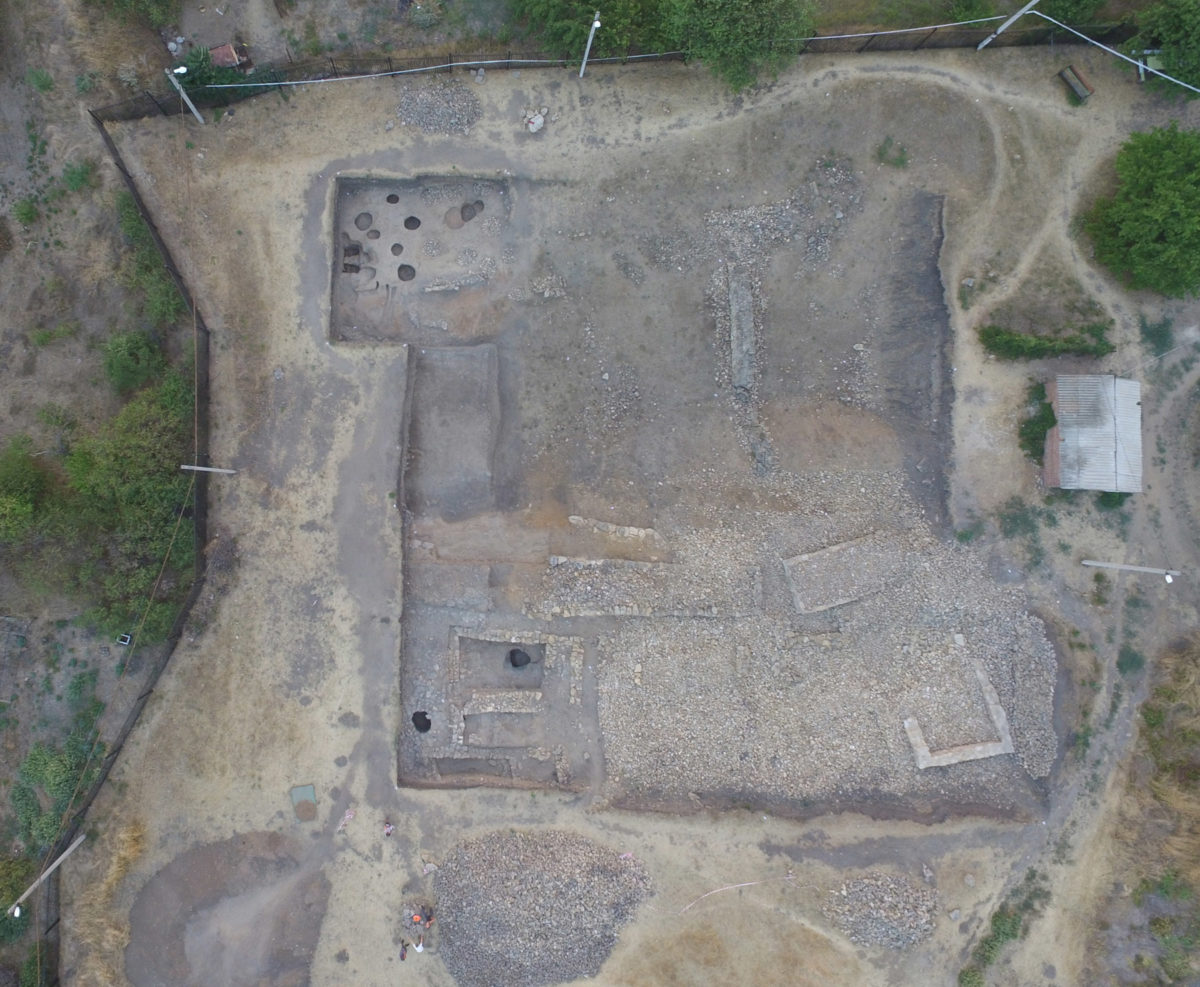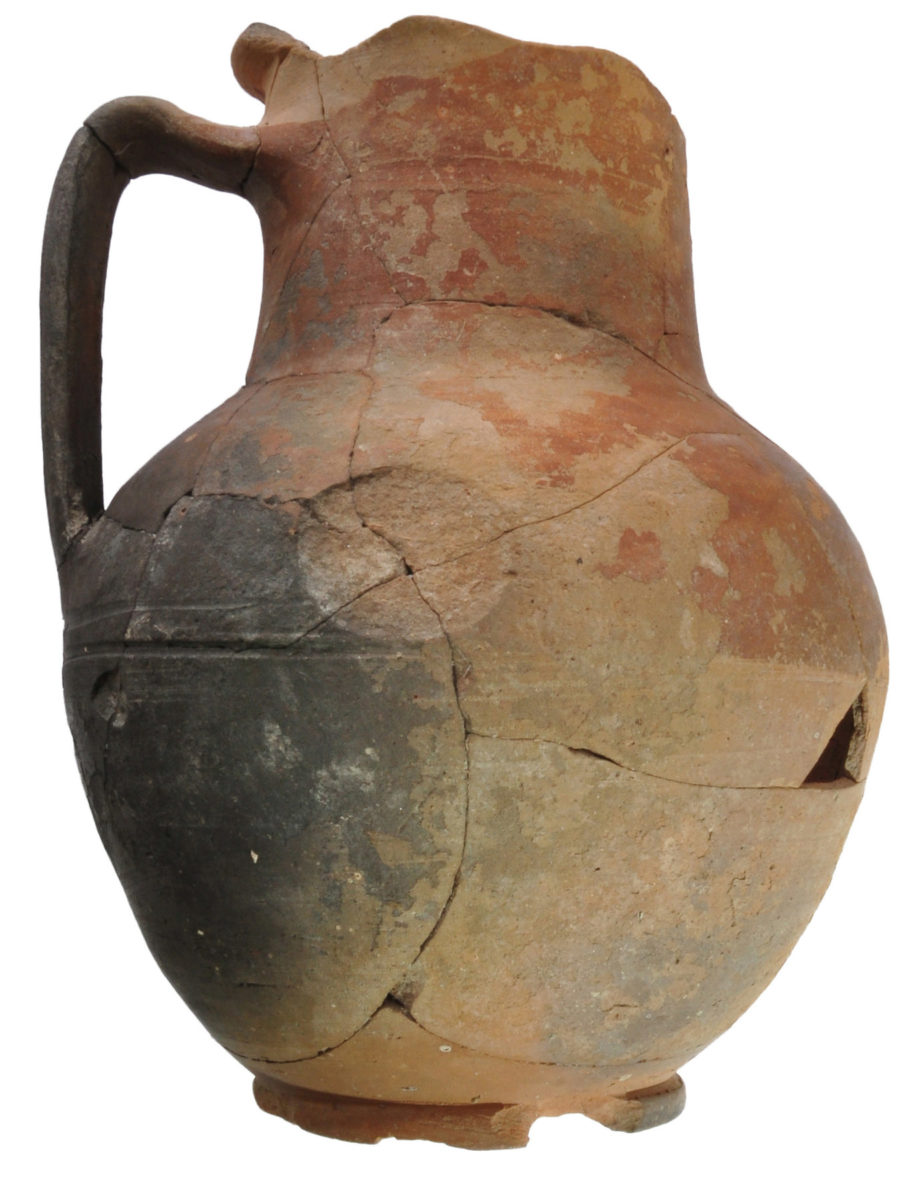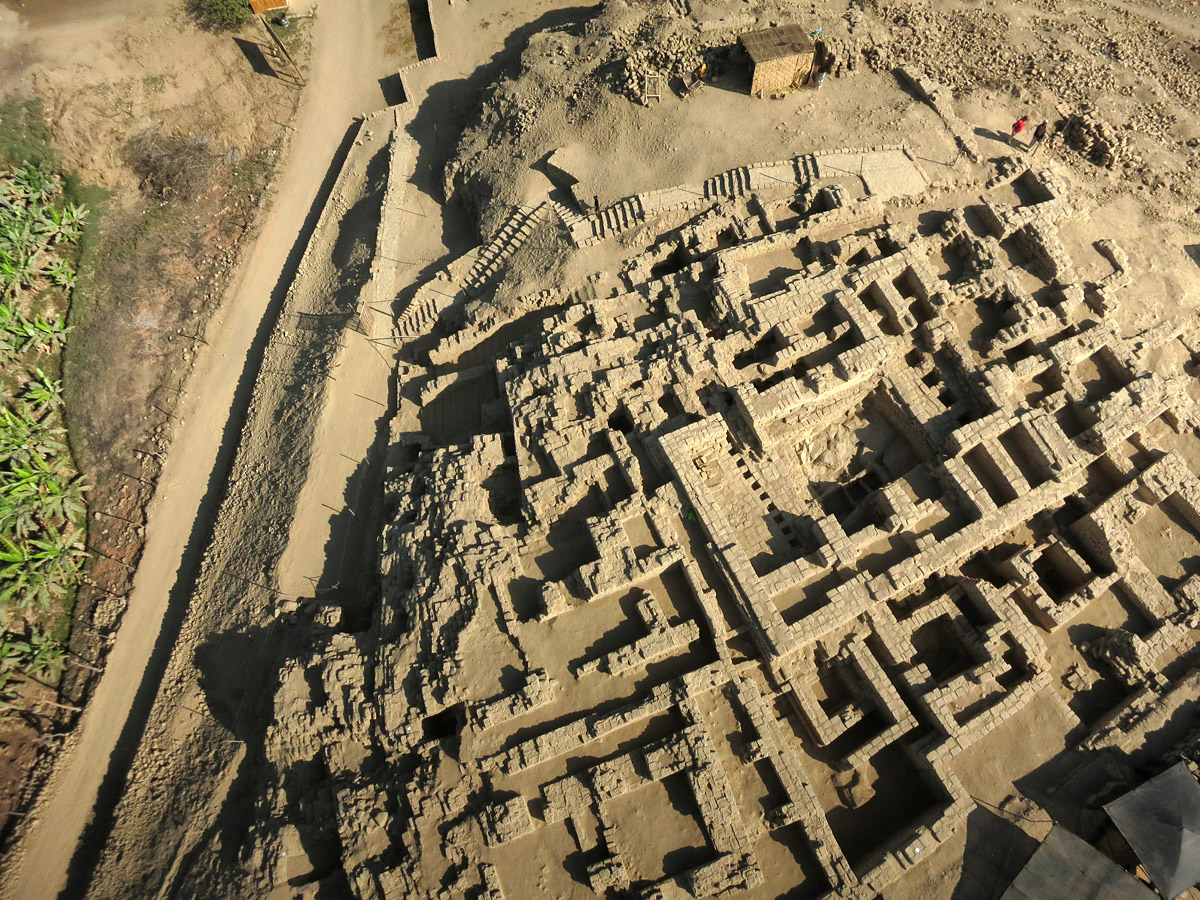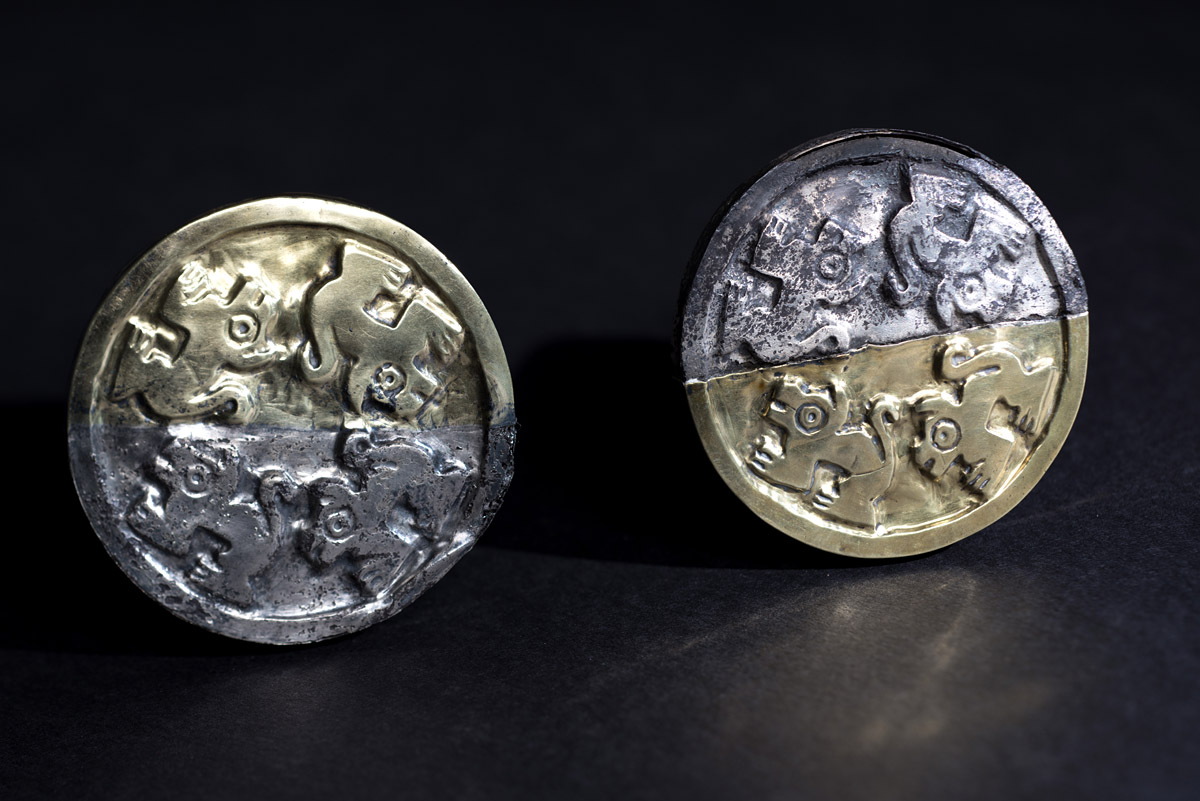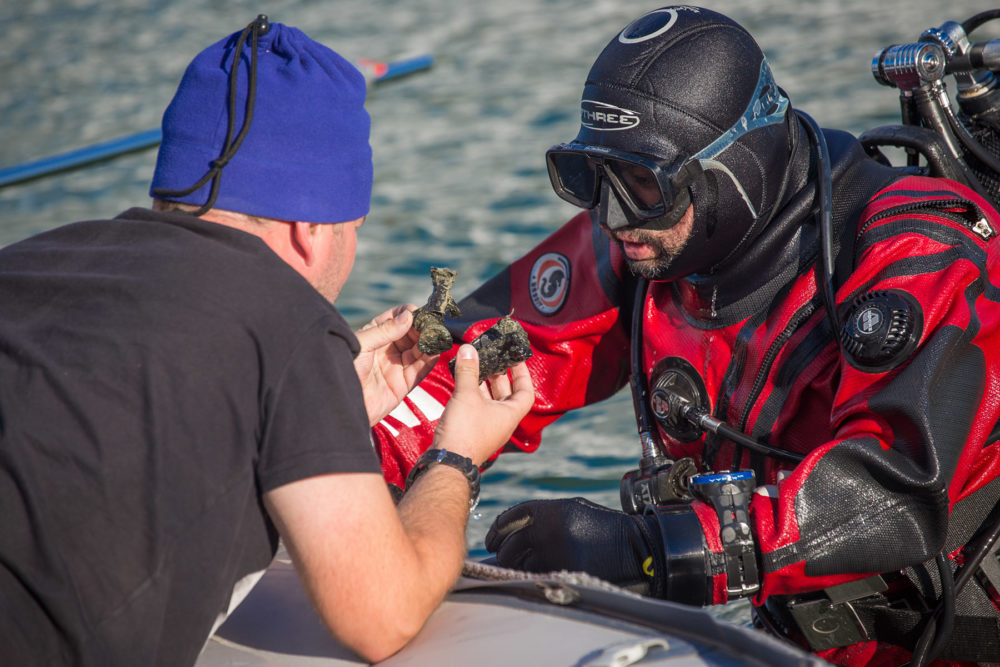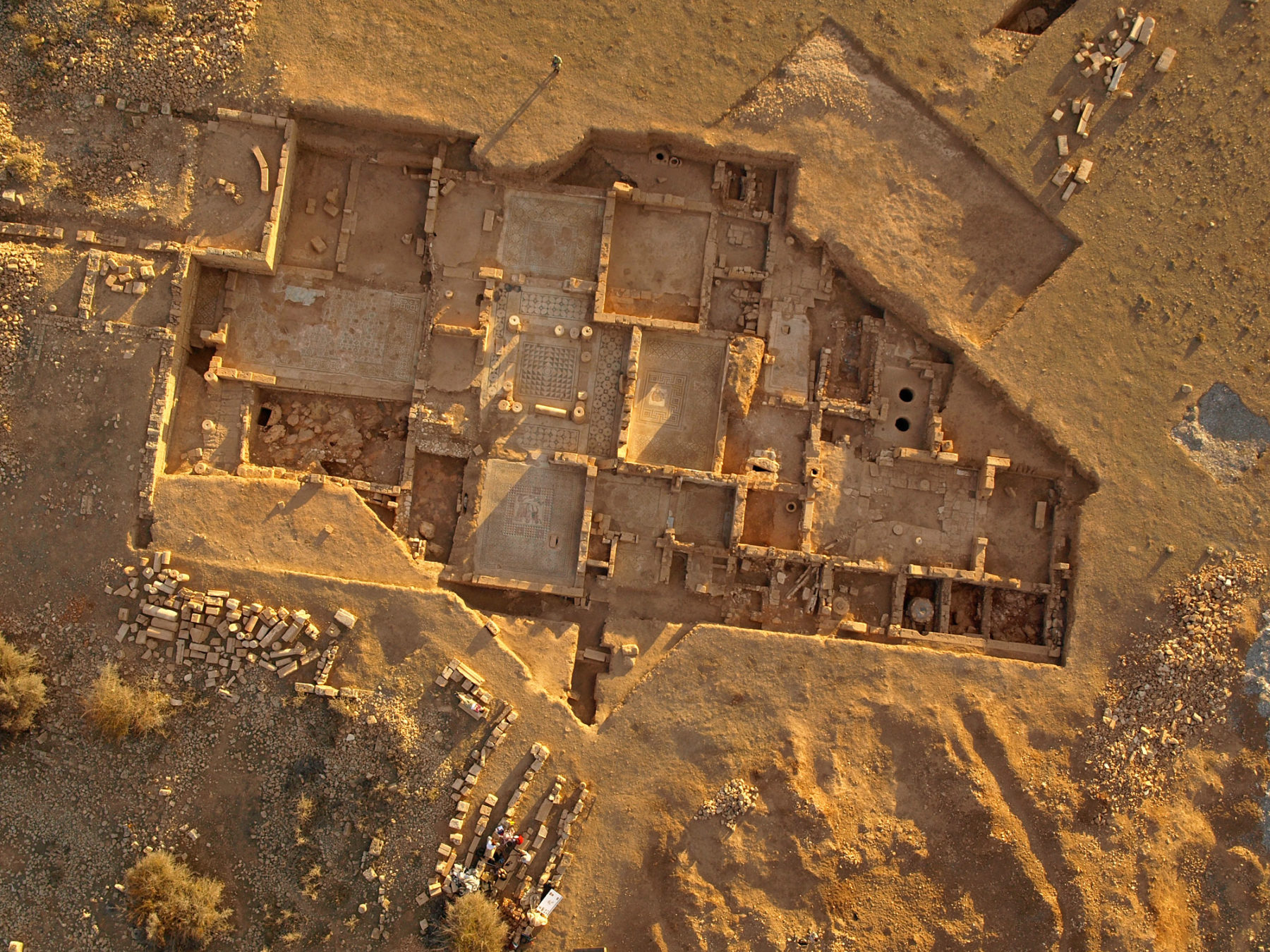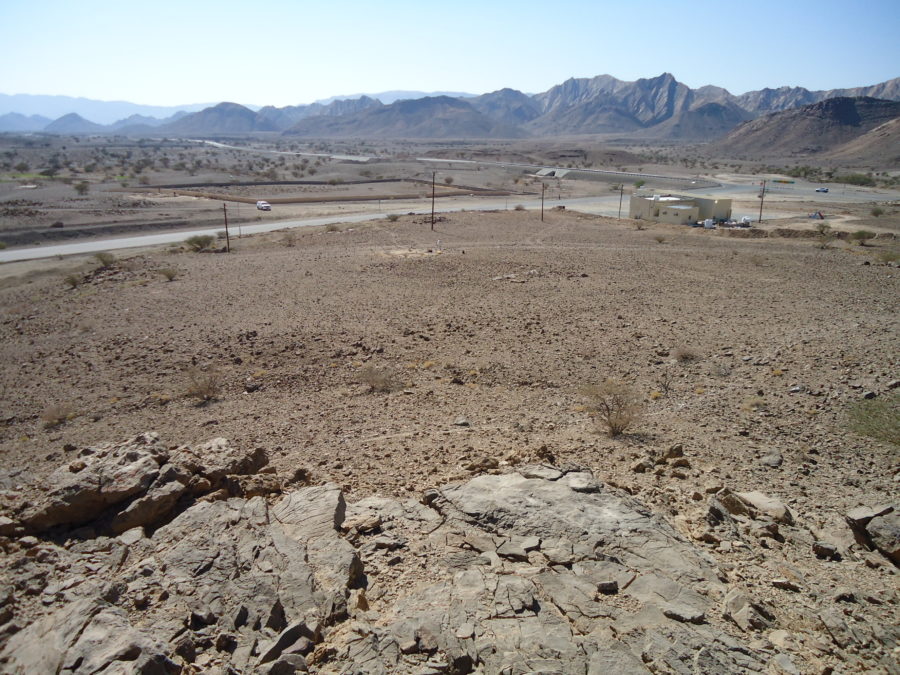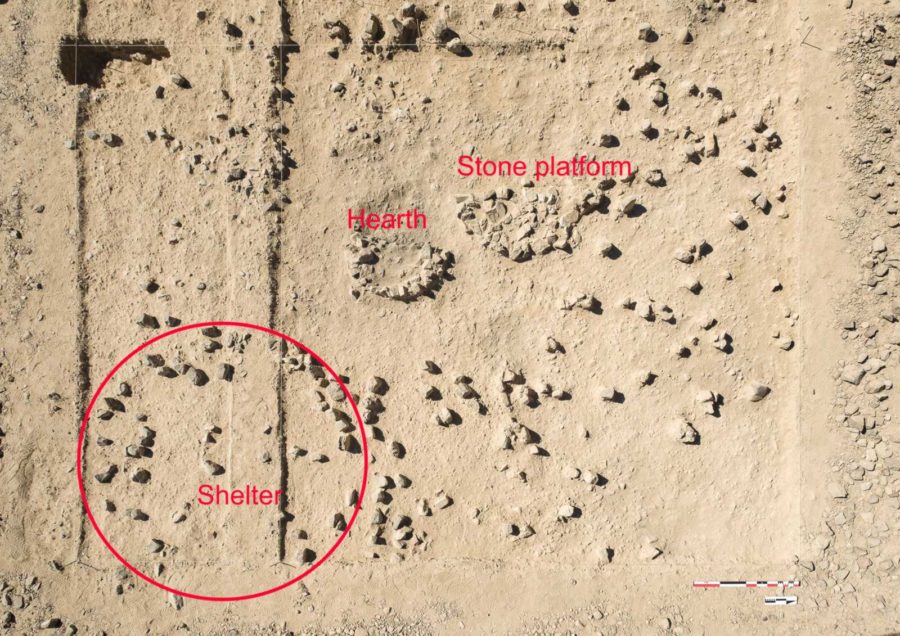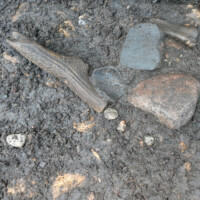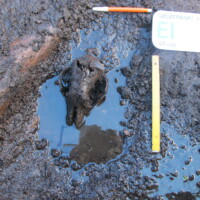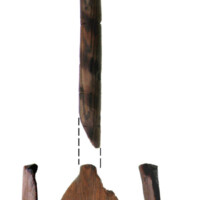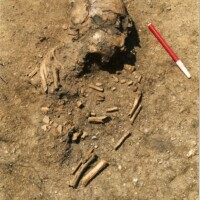Principal investigators: prof. dr hab. Tadeusz Sarnowski†, dr hab. Agnieszka Tomas
Name of the site: Novae
Country: Bulgaria
Partner institutions: Faculty of Archaeology University of Warsaw and the National Institute of Archaeology Bulgarian Academy of Sciences with the Museum
Type of the site: Roman legionary camp (castra legionis), civil settlement (canabae legionis) and late Roman town.
Chronology: 1st-6th century AD
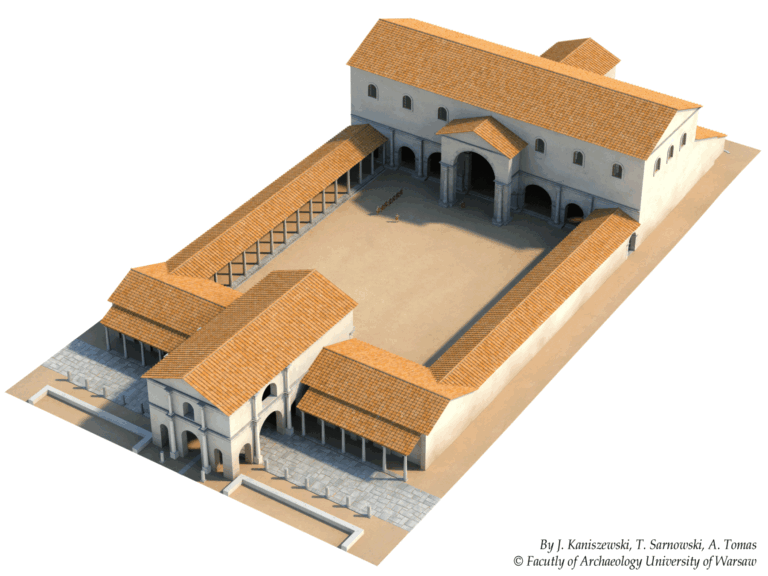
Numerous statue bases of deities and emperors, sacrificial altars, and building inscriptions dating from the 2nd to thirties of the 5th century AD were found in the principia of the First Italic Legion and about fifty more found elsewhere were identified as originating from this building. The main objective of this project was to complete documentation of newly discovered inscriptions, to improve the documentation of older finds according to current standards and to prepare their publication. It has to provide maximum information about the palaeography of inscriptions and dedication formulae, time, place, circumstances, reasons of setting up statues of gods and emperors, and sometimes even financing the monument, altars, building or its dependencies, most probable material used to create statues, their size, types of sculptural representation and in some cases even the statue’s physical appearance, names, origin, social status and rank of the dedicators, place and role of the represented deity in the camp religion and in religious cults practiced in the province of Lower Moesia and in the whole lower Danubian region.
Thanks to the support of the National Science Centre, a set of monuments from the principia can be documented and developed – both the bases of statues, altars and fragments of statues, as well as building inscriptions and architectural elements, which will allow not only to recreate the appearance of the building, but also its interior design and changes that this interior design underwent in time. Based on these finds, archaeologists have created a 3D visualization of the complex, which will take into account the discovered monuments and remains, and is therefore the most faithful recreation of reality over 1,700 years ago. Such a procedure allows us to better understand the reasons for and the manner in which the military erected statues and inscriptions for religious, propaganda and political purposes.
Project title/financial support: “In medio castrorum. Sculptural and epigraphic landscape of the central part of the legionary fortress at Novae”, NCN, OPUS 11, nr UMO-2016/21/B/HS3/00030, planned period of realization 02.02.2017 – 01.02.2021.
![]()
Publications:
- Tadeusz Sarnowski, Novae und die legio I Italica unter Trajan und Hadrian, Archeologia 67, 2018, 57-71
- Tadeusz Sarnowski, Statio publici portorii in Novae (Niedermoesien) und eine neue Statuenbasis aus dem Stabsgebäude der 1. Italischen Legion, Studia Europaea Gnesnensia 16, 2017, 77-86 (DOI 10.14746/seg.2017.16.5)
- Tadeusz Sarnowski, Building the Early Christian Episcopal Complex with Inscribed Stones from the Roman Legionary Headquarters, Sacrum et profanum, Novae. Studies and Materials, vol. VI, Poznań 2018, 77-86
- Tadeusz Sarnowski, Komendantura rzymskiego legionu w Novae. Od odsłoniętych ruin do pełnowymiarowej wizualizacji w terenie, in: Donum Cordis. Księga poświęcona pamięci Jerzego Kolendo, J. Jakubiak (ed.), Warszawa, 2019, 335–345 (org/10.31338/uw.9788323538554.pp.335-345)
- Tadeusz Sarnowski, In medio castrorum legionis I Italicae at Novae. Preserved Remains, 3D Virtual Modelling and Full-size Visualisation on the Original Site, in: Limes XXIII. Roman Frontier Studies, Mainz 2018, 350-359
- Tadeusz Sarnowski, udział w Międzynarodowej Konferencji Naukowej XIII. Limes Congress 2015 – Germany, 12th-23rd September 2015. Tytuł wystąpienia: Das Stabsgebäude des Legionslagers Novae. Baubestand virtuelle Idealrekonstruktion und Nachbau in Originallage.
- Tadeusz Sarnowski, udział w Międzynarodowej Konferencji Naukowej „Roman Empire: A 21st Century Perspective… In Memoriam Geza Alföldy (1935-2011), 8-10.11.2016, Gniezno. Tytuł wystąpienia: Neues aus Novae in Niedermoesien zum illyrischen Zollbezirk.
- Adam Łajtar, udział Międzynarodowej Konferencji Naukowej „3rd Conference on the Roman Danubian Provinces. Society and Economy, 10-15th November 2017, Wien”. Tytuł wystąpienia: New Inscriptions from Novae Referring to the Institution of pastus militum.
- Adam Łajtar, Tomasz Płóciennik, Agnieszka Tomas, ‘A third-century senator twice-honoured at Novae’, Zeitschrift fur Papyrologie und Epigraphik 223, 2022, 243ff.
Other research project realised in Novae by the Faculty (former Institute) of Archaeology University of Warsaw:
Novae 2012-2015. Research on settlement structures near the Roman legionary camp at Novae (Lower Moesia) using non-destructive prospection methods (A. Tomas, completed)
Novae 2009-2011. The headquarters building and the fortifications (T. Sarnowski, completed)
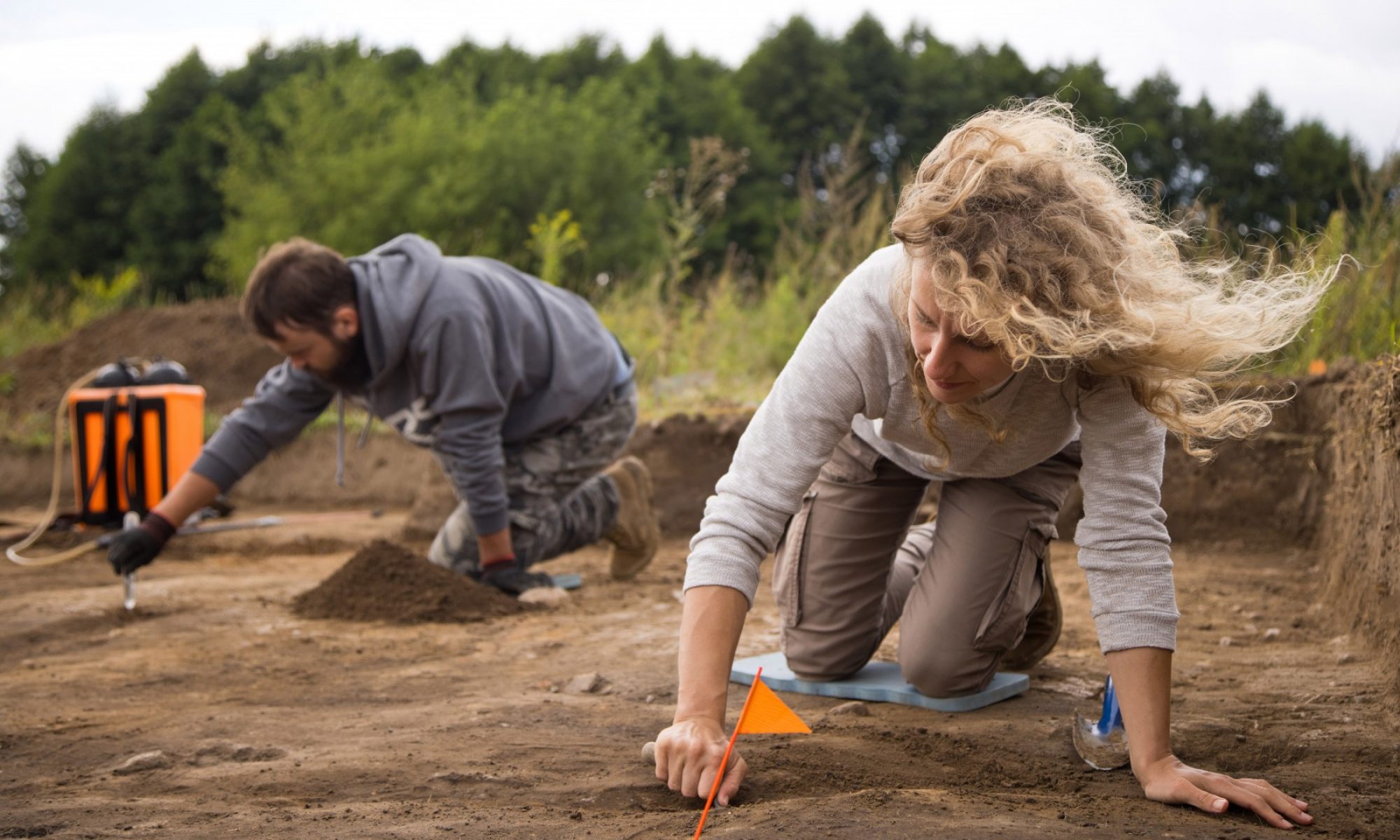


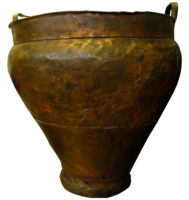
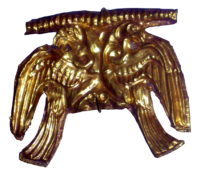
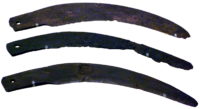
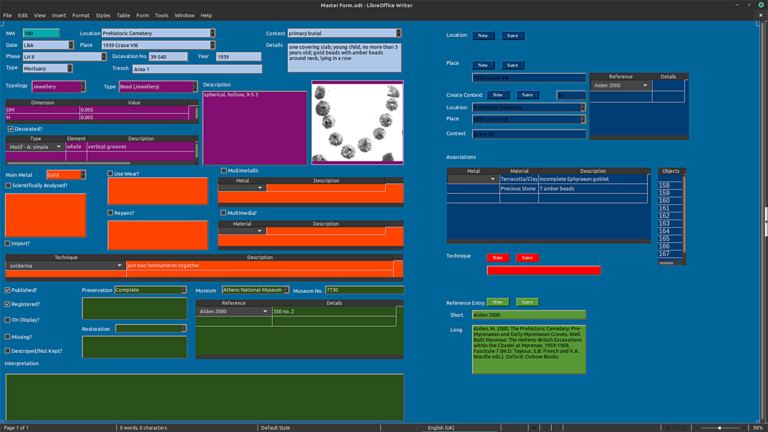

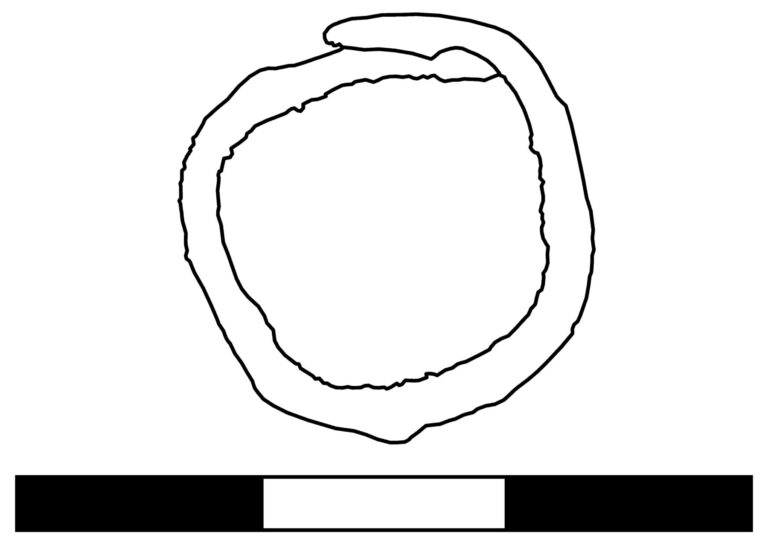
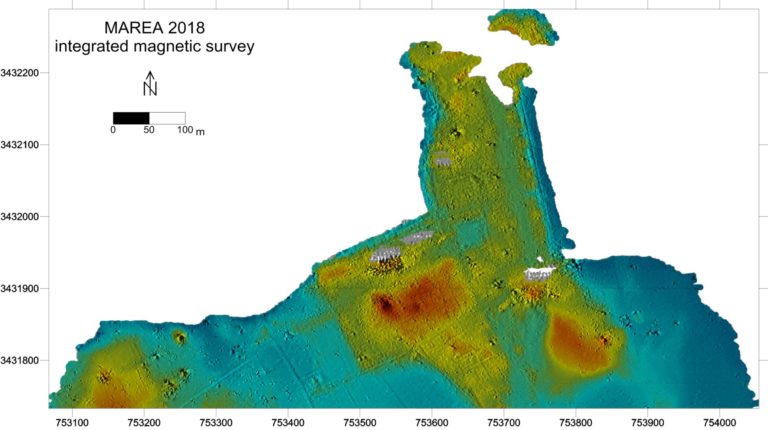
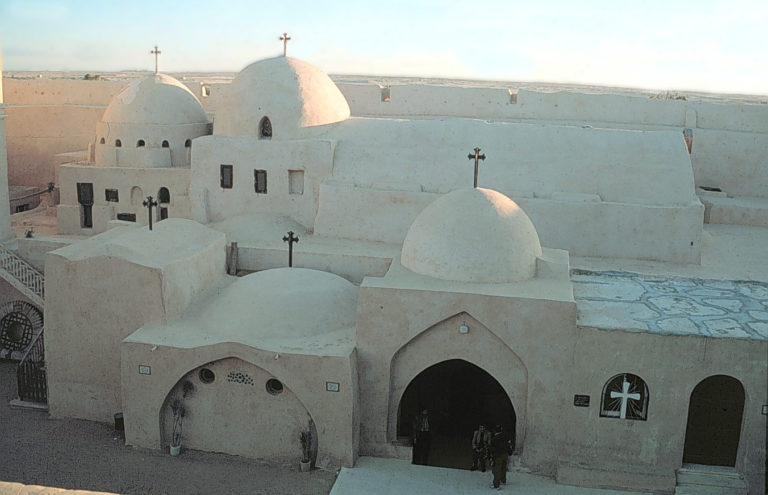
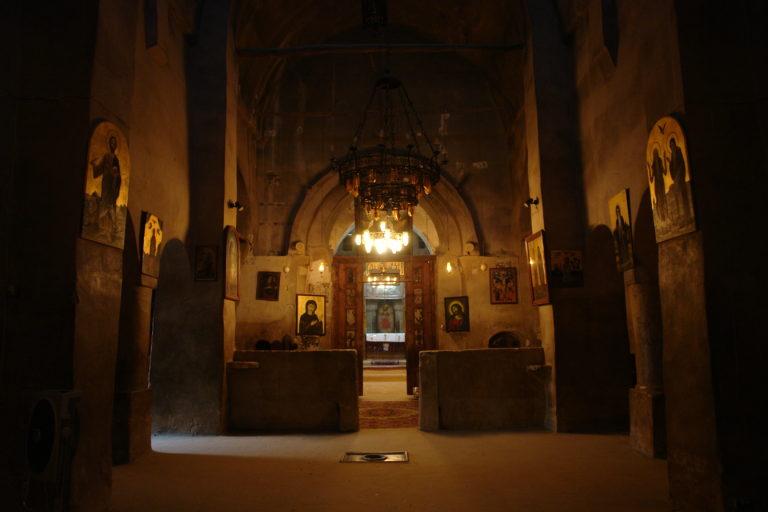
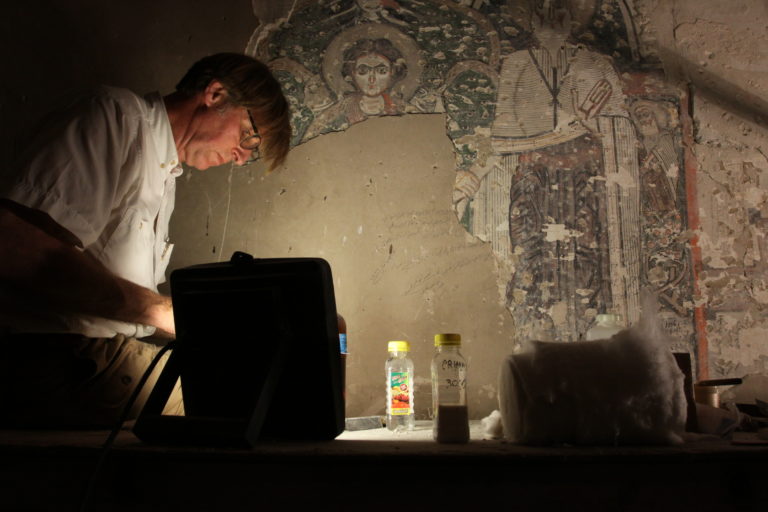 The research is multidisciplinary in its approach (architecture, iconography of the paintings, epigraphy and liturgy) and for this reason specialists with a reputation in their fields have been invited to participate. This has led to establishing a cooperation between University of Amsterdam and University of Warsaw. The Dutch side in this project also collaborates with specialists from universities in the USA (Duke), Belgium (Louvain-la-Neuve) and Germany (Bonn).
The research is multidisciplinary in its approach (architecture, iconography of the paintings, epigraphy and liturgy) and for this reason specialists with a reputation in their fields have been invited to participate. This has led to establishing a cooperation between University of Amsterdam and University of Warsaw. The Dutch side in this project also collaborates with specialists from universities in the USA (Duke), Belgium (Louvain-la-Neuve) and Germany (Bonn).